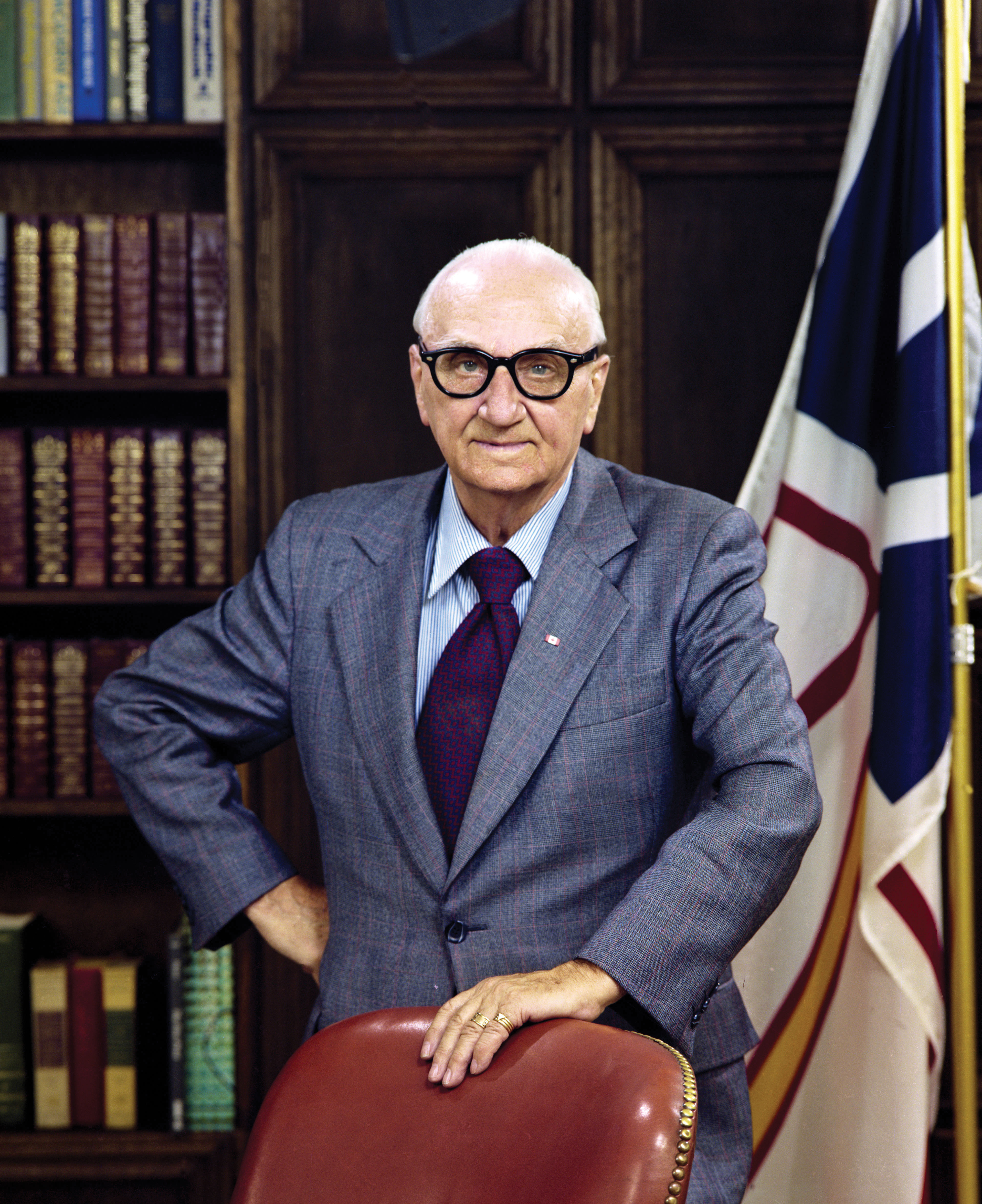
It was 82 years late to the party, but in 1949, Newfoundland officially became part of Confederation, largely through the efforts of Joey Smallwood, a former pig farmer and journalist.
After the Second World War, Britain was looking to save money and jettisoning Newfoundland as a colony made economic sense. Smallwood was one of 45 delegates elected to the Newfoundland National Convention of September 1946, formed to debate and recommend the island’s future direction. There were two options on the ballot: remain a colony or become an independent nation. Britain hoped for the latter.
Smallwood lobbied tirelessly for a third option: join Canada. Prime Minister Mackenzie King was on board and offered $15 million and the absorption of most of Newfoundland’s debt as an incentive. But it wasn’t enough to convince most Newfoundlanders, and the island remained bitterly divided.
Confederation made it onto the ballot, but that first referendum didn’t have a clear winner. Remaining a colony received the fewest votes, and the next ballot had only two options: independence or joining Canada.
Smallwood travelled across the island, giving speeches and writing editorials on the merits of becoming Canada’s 10th province. He was cheered at some stops, threatened with violence at others. He hired two bodyguards and carried a gun. He adopted a combination of bright promises (unemployment insurance, family allowances, better pensions) and harsh realities.
“We are not a nation,” he said in one debate. “We are a medium-sized municipality…left far behind in the march of time.”
The looming referendum divided towns and families and pitted Catholics (opposed to joining Canada) against Protestants (in favour). Smallwood suggested it was a class issue.
“We can resolutely decide to be poor but proud,” he said. “But if such a decision is made, it must be made by the 60,000 poor families, and not by the 5,000 families who are confident of getting along pretty well in any case.”
When the votes were tallied, a narrow 52 per cent wanted to join Confederation—a mere 7,000 votes, which did nothing to heal the divisions. The losing side protested the result for a generation.
Smallwood became the newly minted province’s first premier. He was a colourful and lasting presence, serving for 22 years. He brought in foreign investment, championed industrialization and built hospitals, roads and schools. He sought to develop the province’s natural resources, although the Churchill Falls hydroelectric project didn’t end well.
He also launched a series of doomed schemes, including recreating the town of Rothenburg, Germany, as a tourist attraction. He lined the Trans-Canada Highway with flowering trees, many of which died. He started short-lived leather and rubber factories, as well as the Flying L Ranch, whose 1,000 imported Herefords were rustled by locals, poisoned by eating marsh grass, repossessed and then auctioned off by the bank financing the operation.
But for most of his tenure, Smallwood was beloved and captured the unique spirit of his constituents. His lasting legacy is to have brought Newfoundland into the fold, and he is often referred to as the last Father of Confederation.
Advertisement





















